AO Edited
Djurgården Anti-Tank Barrier
Not far from the busy city lie these remains of a time when the world was on fire.
Taking a walk in the green areas of northern Djurgården in Stockholm one might come across big square-pyramidal blocks of fortified concrete covered by moss lying around in the terrain. These are dragon’s teeth, a type of fortification first used under the Second World War to impede the movement of tanks and mechanized infantry.
Sweden, which remained neutral during the Second World War, never suffered from any invasion. But plans were made and defense lines built in case of such an event. Just a few kilometers north of Stockholm’s city center is a ridge rising 25-30 meters over the surroundings. It would have been vital for the defense of the city to hold this position in case of an invasion.
The anti-tank barriers were put along the ridge to slow down any enemy armory attempting to close in on Stockholm from the north. But by the time the construction of this defensive line started the threat of an invasion was long gone. In fact the allied had already landed on the beaches of Normandy and it was not until the end of 1944 that it was finished.
Most of the bunkers, shelters and artillery positions that were once part of the defensive line across northern Djurgården have been removed. But the dragon’s teeth are still spread out through the forest, now standing between tracks for running, mountain biking, or horseback riding.
Know Before You Go
The pin on the map points to dragon's teeth near the Universitetet metro station.






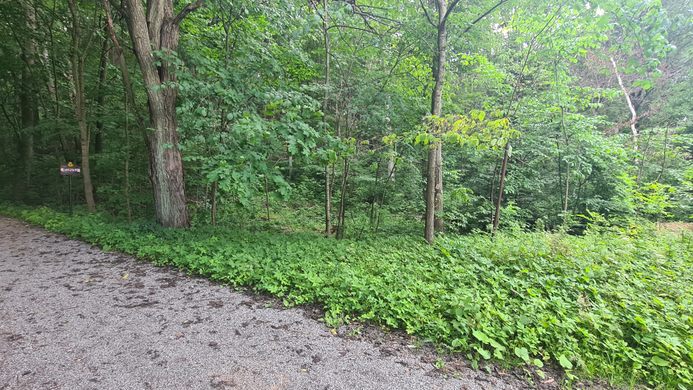
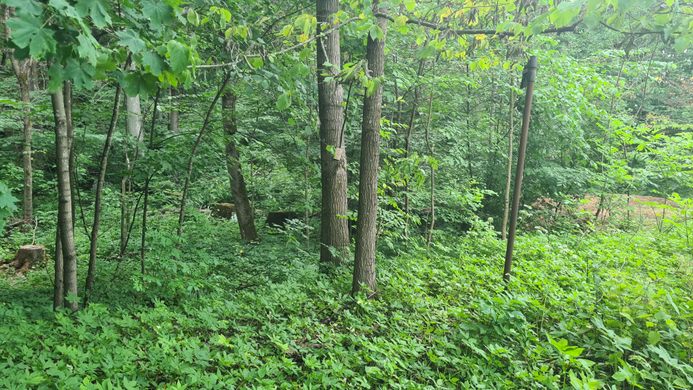
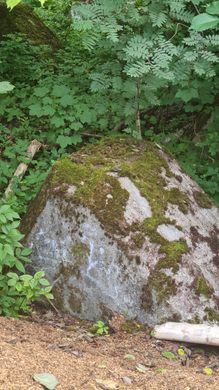
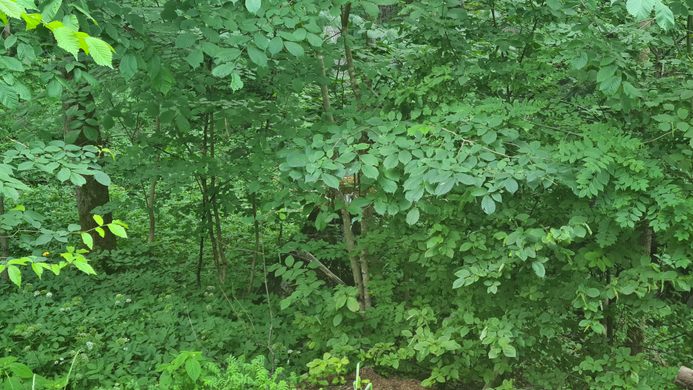
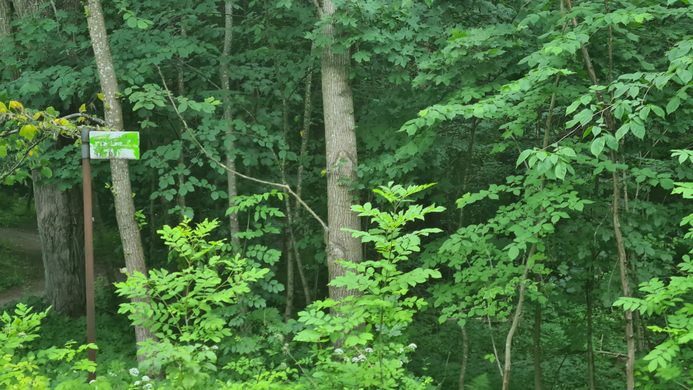
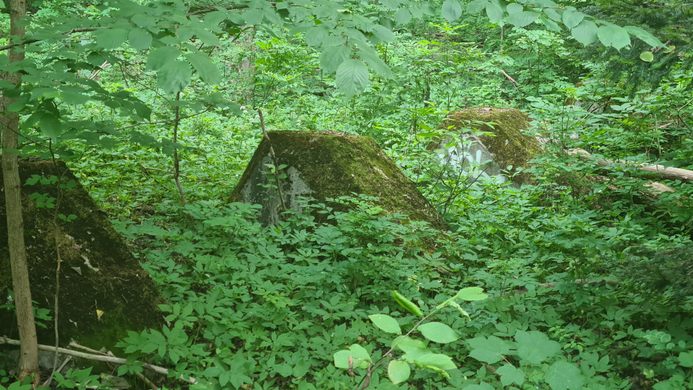






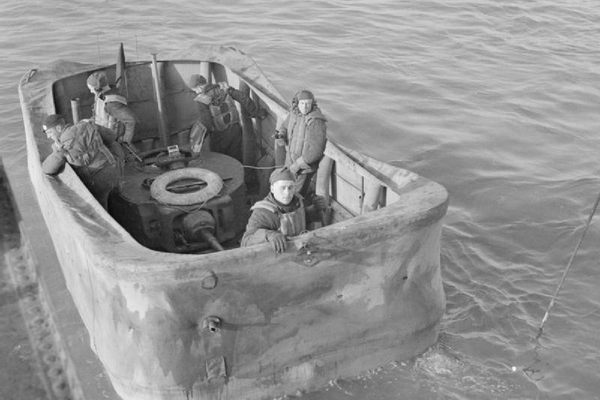




Follow us on Twitter to get the latest on the world's hidden wonders.
Like us on Facebook to get the latest on the world's hidden wonders.
Follow us on Twitter Like us on Facebook